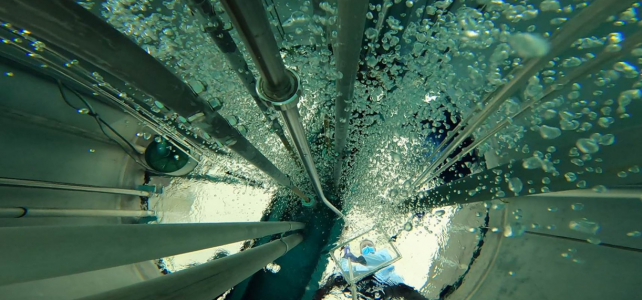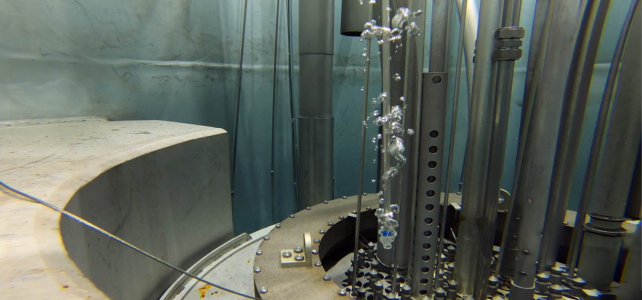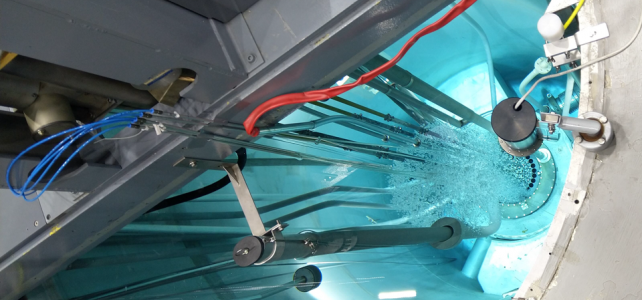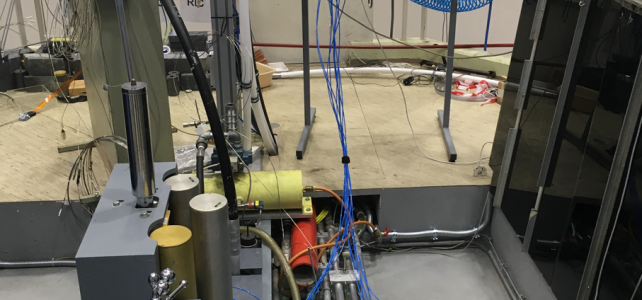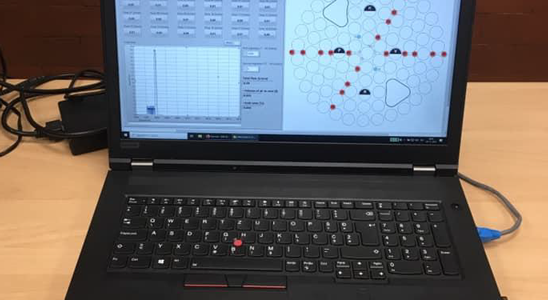Purpose of experiment
The negative reactivity induced by control rod insertion is a parameter of key importance for safe reactor operation. The relation between the control rod position and reactivity is non-linear, therefore the control rod worth calibration curves are of great assistance to the reactor operator, enabling the estimation of the shutdown margin and critical control rod positions. The purpose of the experiment is a demonstration of several methods of control rod worth calibration.
Outcome / What you will learn
-
gain knowledge on the dependence of the negative reactivity on the depth of the control rod insertion (integral worth)
-
gain knowledge on the control rod worth at different positions (differential worth)
-
learn how to experimentally calibrate control rods using the rod swap and dynamic rod insertion methods.
Execution
After discussion of the basic concepts, students determine the integral and differential worth curve for a chosen control rod (e.g. the regulating rod of the JSI TRIGA reactor) using the rod swap method and the dynamic rod insertion method. In each step of the rod swap procedure, students predict the magnitude of the changes in reactivity due to insertion / withdrawal of the measured / calibrated control rod, and analyse the results on the spot. In the dynamic rod insertion method, students coordinate and time the measurement sequence and analyse the results.

